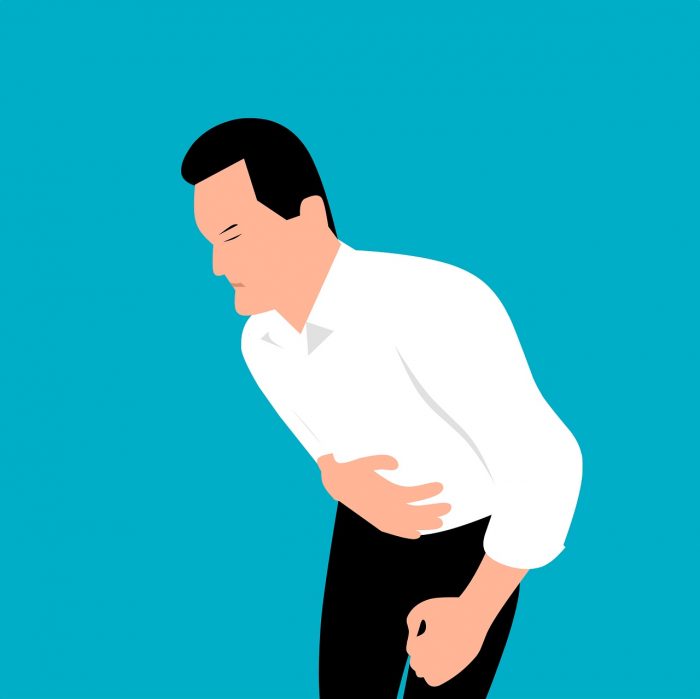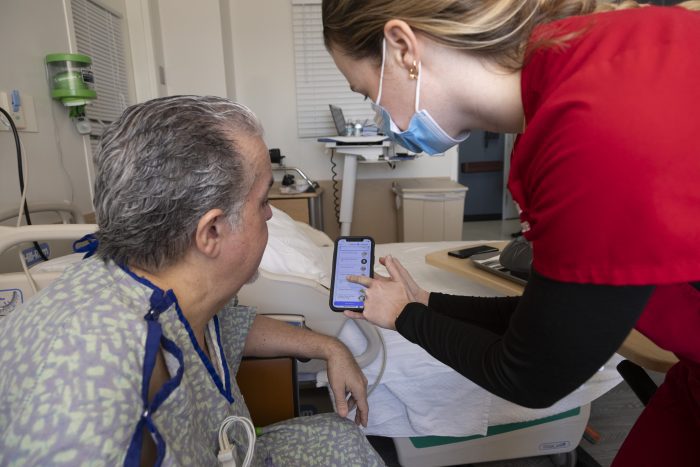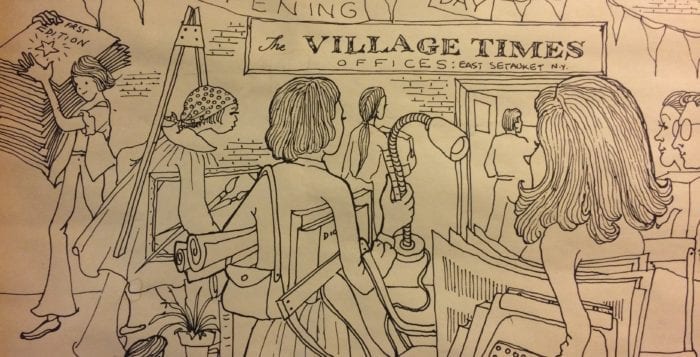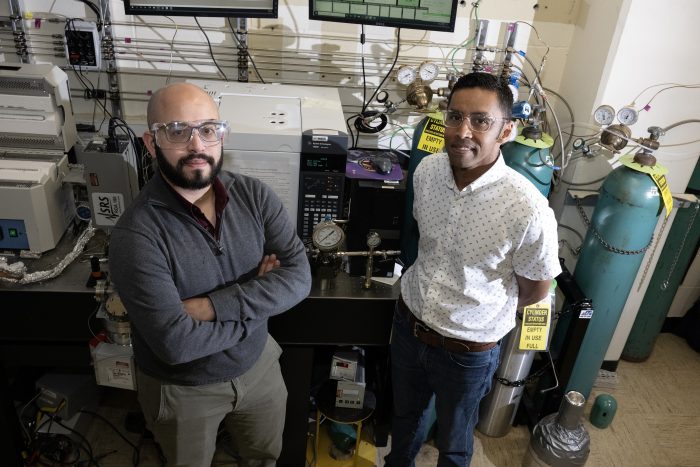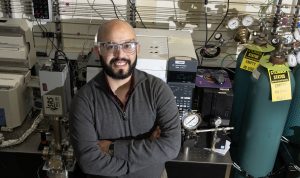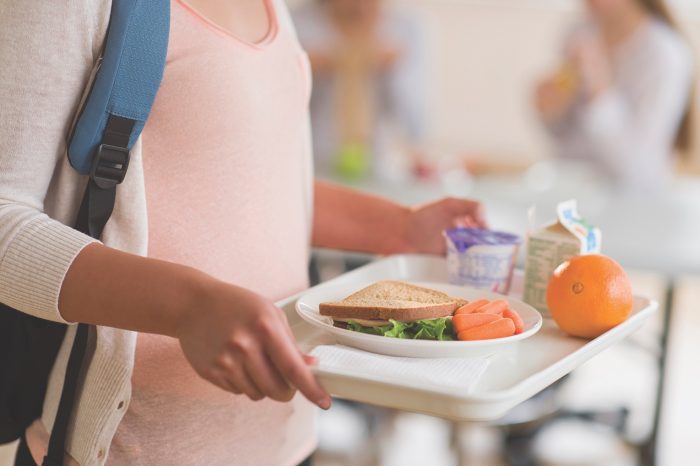Welcome to the 28th edition of Paw Prints, a monthly column for animal lovers dedicated to helping shelter pets find their furever home.

Meet Milo
In his prime at the age of seven, this modest, mild mannered Terrier mix at Little Shelter in Huntington is Milo. Always happy to see you, he loves going on walks and participating in all your plans for the day. Deferring to you for the itinerary, he’s content just to be by your side, whether you’re working to bring home the bacon ( did someone say bacon?) or taking the day off to enjoy the spring weather. Affable and courteous, Milo is the perfect gentleman and the best storyteller, making him the most popular guest at any gathering. If our man Milo sounds like the ideal addition to your family, stop by soon to say hello! 631-368-8770, ext. 2

Meet Peluche
With a name meaning “plush”, this one year old Chihuahua mix at Little Shelter in Huntington is Peluche. Somewhat shy, he’s nevertheless eager to meet and make new friends, expand his social circle, and become more well-rounded and confident. Enjoying long walks filled with sights, sounds, and interesting smells, he’s also available when you need someone fluffy to cuddle. Quick-witted and motivated, he’s ready to learn new skills while priding himself on his already acquired knowledge of quality companionship. “And, they say life is an adventure full of mystery, so let’s go….” Stop by Little Shelter and start your latest escapade with Peluche by your side! 631-368-8770, ext. 21

Meet Blaze
Can you imagine 5 years (1,825 days) without a family, a home, a couch to veg on, a friend to snuggle with? March 29 was Blaze’s 5th shelter-versary at the Town of Smithtown Animal Shelter and Adoption Center. At 11 years old, this boy is a staff favorite. He’s affectionate, well mannered, knows his commands, loves fiercely and vocalizes what he wants. Blaze is nervous of strangers and protective of his people. That’s his only (very workable) quirk. He doesn’t deserve to spend another anniversary in the shelter. Will you be his hero? 631-360-7575

Meet Catastrophe
Catastrophe is a one and a half-year-old male cat up for adoption at Kent Animal Shelter in Calverton. This handsome boy was rescued from a high kill shelter in Georgia. He gets along well with humans and felines alike, and adjusted quickly to the open living cat room at the shelter. Catastrophe has made friends with a few other cats and enjoys head rubs from the staff and volunteers. Come meet this wonderful cat today! 631-727-5731, ext. 1

Meet ‘Spicy’ Silas
Currently up for adoption at the Brookhaven Animal Shelter, Silas is a pint-sized bundle of energy and personality! At approximately 2 years old and 30lbs, this spunky terrier mix is ready to charm his way into your heart.
Despite his small stature, Silas has a BIG personality! He’s full of sass and loves to play, especially with other dogs. Silas may be little, but he’s fearless and enjoys romping around with bigger pups. He can be weary of strangers but with a bit of patience and continued training, Silas is sure to thrive in a loving home.
Silas is seeking a forever family with experience handling feisty terriers. He’ll do best in a quieter adult home without children, but another dog-friendly dog would be the perfect companion for him. Silas thrives on playtime and goofiness, and he’s eager to show off his full personality in a supportive environment.
If you’re ready to welcome this lively little guy into your home and heart, fill out a matchmaker application at www.brookhavenny.gov/152/Animal-Shelter. Silas can’t wait to find his forever family and share all his love and playfulness with them. Let’s make Silas’s dreams of a forever home come true! 631-451-6955/ 631-451-6953
Rescue is a lifestyle. Adopt, don’t shop.
Check out the next Paw Prints in the issue of May 2.
Paw Prints is generously sponsored by Mark T. Freeley, Esq.


